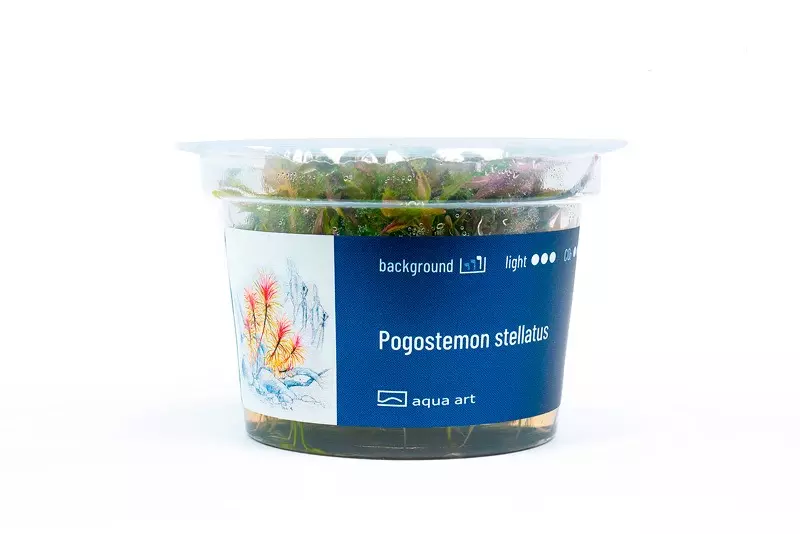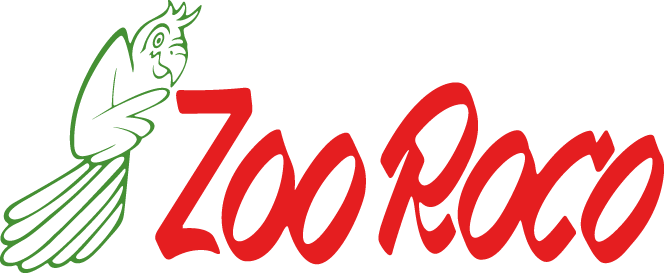Product information "Pogostemon stellatus (star plant)"
Pogostemon stellatus
Pogostemon stellatus is a stem plant that does well in the third level of an aquarium. It shows a medium growth rate with beautifully colored leaves.
- .
Growing difficulty: challenging
- Light requirements: high
- CO₂ requirements: high
- Grown plant height: up to 40 cm
- Growth rate: medium
- Temperature: 19-29 °C
- Placement in aquarium: Third level
- Origin: Asia and Australia
- Cup diameter 6 cm
Pogostemon Stellatus (Stellate whorl) is a beautiful plant that does well in the third level in an aquarium. This species is native to Southeast Asia, but it can also be found in Australia. It is one of the most beautiful stem plants in aquaristics. Depending on conditions, leaf colors can range from green to a beautiful muted red. The underside of the elongated leaves often turns bright purple.
The plant has average growth and relatively high requirements. It is not recommended for aquarium novices. It should be provided with a nutrient-rich substrate from which the root system can absorb all the minerals necessary for growth. It can be kept in a wide range of water temperatures between 19 and 29 °C. It grows in water of medium hardness, but prefers soft water of 1-13 dH with a pH of 5-7. Strong lighting, CO₂ dosage and micronutrient fertilization are required for good and trouble-free growth. With a low content of trace elements, especially iron, in the water, the leaves turn light green to yellow.
It is normal for this species to temporarily limit its growth. After forming some offspring shoots, the plant resumes its growth. Pogostemon Stellatus can be propagated vegetatively. Simply cut the stem to a few inches in height. Then stick the cut part into the substrate, where it will take root after some time.
The plant can also be kept well in the paludarium. However, it should receive a high humidity of over 80%, a temperature of 30-35 °C, a nutrient-rich substrate and intense lighting.
Planting: Remove the plant from the cup and rinse the gel thoroughly under running water. A good option is to place the plant in a container of lukewarm water. Most of the gel will then fall off by itself. Then separate the cuttings and place them in the substrate.
.










.jpg)
















